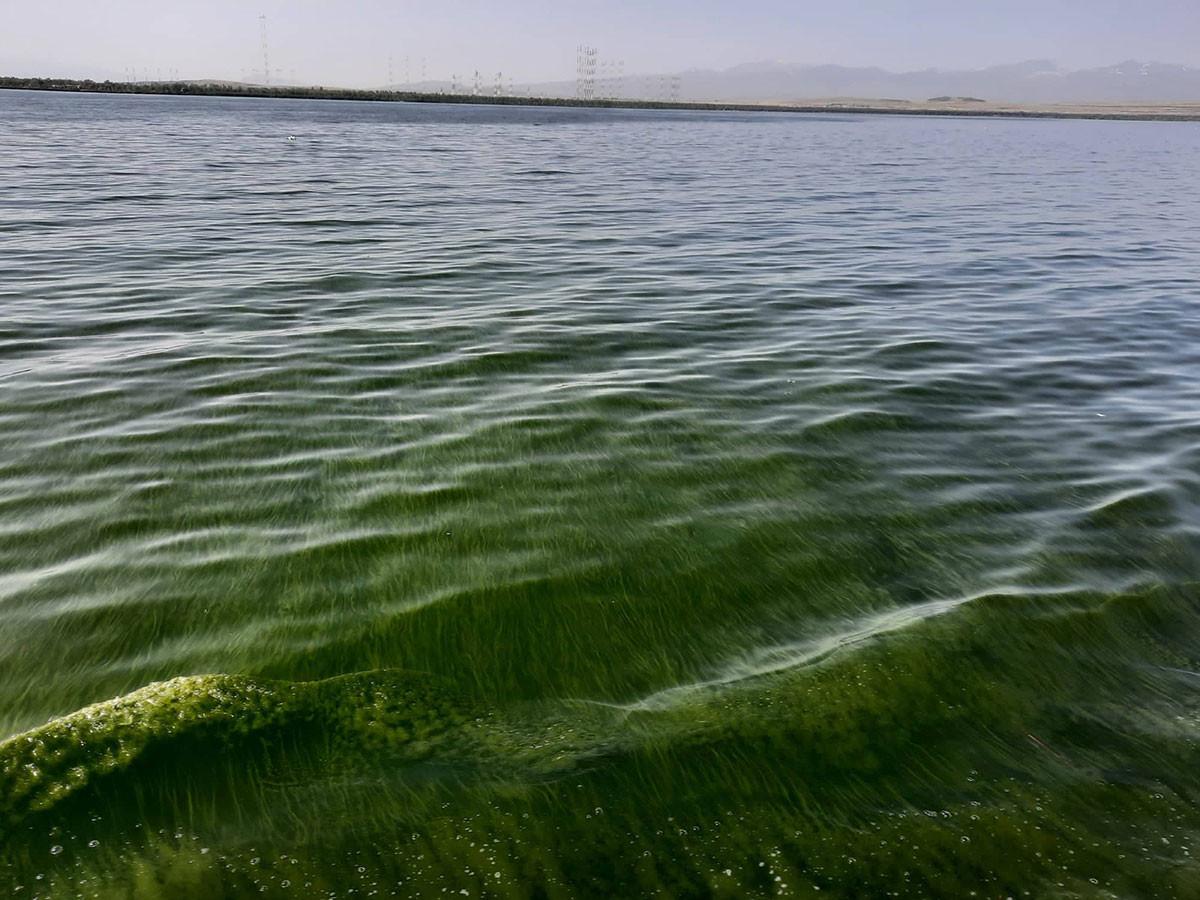
Sevan’s Algal Blooms Concern Scientists: Government Slow to Act
The algal blooms that have increasingly choked Armenia’s Lake Sevan are nothing new.
The problem surfaced in the 1960s-1970s and then again in the second half of the 1990s.
The blooms indicate that the largest freshwater lake in the South Caucasus is in trouble.
Experts point to the flows of bio-nutrients (nitrogen/phosphorus) into Sevan as the main culprit.
Gor Gevorgyan, a hydrobiologist who works at the Zoology and Hydroecology Center of the National Academy of Sciences, points out that the algae blooms are one manifestation of eutrophication process taking place at Sevan. It happens when there’s an oversupply of nutrients from various sources (fertilizer runoff, septic tank overflow) that leads to algae growth and oxygen depletion.
"The blooms weren’t that apparent in 2021, but I stated at the time that this doesn’t mean that the lake’s ecology had improved. Our studies showed the processes of eutrophication continued in the lake," says Gevorgyan.
He says that last year's weak blooms may be due to various factors: the thermal regime of the water, winds, which cause wave processes in the lake, which in turn are unfavorable for the development of cyanobacteria that cause blooms.
Nutrient flows into Sevan the main culprit
Cyanobacteria, also referred to as blue-green algae, are microscopic organisms that live primarily in fresh water but can also be found in brackish or salt water. Such blooms can make people and animals ill.
Cyanobacterial blooms more often occur during the summer or early fall but can occur anytime during the year. Cyanobacteria usually multiply and bloom when the water is warm, stagnant, and rich in nutrients (phosphorus and nitrogen).
Gevorgyan says that when the lake is calm, without waves, the warm and cold layers of water do not mix, resulting in a thermal stratification of the lake when cyanobacteria rise to the warm surface.
He points out that Sevan faces two challenges – continued waste flows from upstream and a biomass accumulation in the lake.
Sevan’s ecological balance needs restoring
Tigran Vardanyan, a senior researcher at the Institute of Hydroecology and Ichthyology of the National Academy of Sciences of Armenia, says Sevan’s entire food chain system has been disrupted.
For a 2020 Hetq article, Vardanyan said persistent overharvesting of Sevan’s fish and crayfish stocks is one of the factors contributing to the blooms.
As biomass accumulates in the lake and creates a favorable environment for the rapid growth of cyanobacteria, fish, and crayfish, at the top of the lake's food chain, become the "accumulators" of that biomaterial. That is, when fish, for example, feed on phytoplankton (including cyanobacteria), zooplankton and bottom invertebrates, thus producing high-quality edible proteins in their bodies for humans, it promotes the removal of biomaterials when the animals are harvested. The same goes for the crayfish, which not only feed on detritus, but also draw organic compounds from the water to synthesize the chitin (a long-chain polymer of N-acetyl glucosamine) needed for their exoskeletons.
Vardanyan says more balanced and monitored fishing in Sevan is one way to solve the accumulation of biomass.
The above photos show the grow of algal blooms in Sevan within the span of two weeks.
Gevorgyan says this year's blooms equal those seen in 2018-2019. He notes that this time, as in previous years, the cause of the lake's bloom was caused by toxic cyanobacteria (there are also non-toxic varieties).
Peak blooms correspond to ten days of abnormally high temperatures
The Armenian Institute of Hydroecology and Ichthyology has been cooperating with the German Helmholtz Center for Environmental Research (UFZ) since 2018, conducting monthly samplings in Sevan to accurately assess the processes taking place in the lake.
Another institution of the National Academy of Sciences, the Center for Ecological-Noosphere Studies (also known as the Ecocenter) joined the Armenian-German program in 2020.
Shushanik Asmaryan, deputy director of the Ecocenter, tells Hetq that they are deciphering satellite images of Lake Sevan to clarify how the bloom is expressed spatially.
Photos are received daily from the European Sentinel-3 satellite. Asmaryan says the problem is that they are not always qualitatively suitable for research. Only half of the pictures are suitable for decoding in a month.
July 2022 - Chlorophyll amounts in Lake Sevan
Source: Center for Ecological-Noosphere Studies
“We decode the photos to see the amount of chlorophyll in the water and try to ascertain the presence of dangerous algae," says Asmaryan. We compare the obtained data with the water temperature in the last five years."
She says the comparison shows that peak blooms occur to the ten days of abnormally high air temperatures.
Can Sevan be saved?
Asmaryan notes that a multifaceted approach must be drafter to solve Sevan’s myriad problems.
“First, it is necessary to stabilize the water level and bring it to an ecologically minimum level to allow the lake to self-regulate and self-clean. The level must be increased, the shores cleaned, and wastewater treatment plants repaired.”
Hydrobiologist Gor Gevorgyan points out that Sevan’s waters will rise in temperature because of global warming. Adverse climatic conditions will continue, and the government must focus on neutralizing or reducing biological materials entering the lake from external sources.
Rivers flowing into Sevan must be cleaned
Thus, he strongly advises that the rivers flowing into Sevan should be kept clean, and water treatment plants installed. Areas recently submerged should be cleared of vegetation. Gevorgyan notes, however, that the level of the lake is not rising, but falling.
In the 1930s, when the Soviet authorities began to lower the level of Sevan for irrigation and energy purposes, the cold bottom layer (hypolimnion) of Sevan’s large basin disappeared. It was partially preserved in the lake’s smaller upper basin, which is deeper. The hypolimnion performs a protective function by not allowing the biomaterials accumulated in the bottom to rise again to the upper layers and contribute to the bloom of algae. It’s no coincidence that the lake’s larger lower basin blooms more. Also, there are more rivers flowing into the larger basin Sevan, and thus more dirty water and various organic substances.
“We must let the lake clean itself, but this is possible only if we do not allow new pollution. This is the best option that will take years,” says Gevorgyan.
He adds that the more the government delays in addressing the problems, the more difficult it will be to restore Sevan to any semblance of normalcy.
“There’s a lot of talk that the lake can be a source of drinking water in emergency situations, but we may come to a point when we will no longer be able to restore Sevan to the point where it has potential for drinking,” he says.
Armenia must modernize wastewater plants, says German expert
In 2020, Hetq talked with Karsten Rinke, head of the lake research department of the Helmholtz Environmental Research Center that cooperates with Armenian scientists.
Dr. Rinke said that the number one priority on Sevan’s road to recovery is the modernization of Armenia’s wastewater treatment system.
Lake Sevan is in Armenia’s Gegharkunik province. Five cities in the province have sewage systems - Gavar, Sevan, Martuni, Vardenis and Chambarak, as well as in the villages of Vardenik, Tsovasar and Vahan.
Sewage is treated in the cities of Gavar, Martuni and Vardenis, and its mechanical, not biological treatment. The Gegharkunik Provincial Administration (GPA) says these treatment plants were built in 2012. Sewage from the town of Sevan is treated in the village of Kaghsi in Kotayk province.
In December 2020, the GPA told Hetq there are seven local mechanical cleaning stations operating in the coastal communities of the lake. The representative of the Ministry of Environment Voskehat Grigoryan, announced in the summer of 2020 that biological treatment plants would be established in the three large communities that pollute the lake: Gavar, Martuni and Sevan. Blueprints were to be drafted later that year.
The GPA, in December 2020, told Hetq that a biological treatment plant would be built in Sevan with funds allocated by the German KfW bank.
The Armenian government says that in 2024-2026 it plans to treat the outflows of the wastewater treatment plants operating along the Sevan basin. We’re talking about Gavar, Martuni, and Vardenis. There is no mention of biological treatment. It adds that sewage systems will be established in local rural communities and local wastewater treatment plants will be created to treat wastes emitted by businesses.
There is no guarantee that the plan will become a reality. Meanwhile, Sevan continues to bloom, showing that it is "sick".
Gor Gevorgyan provided photos of the lake in the blooming stage
 Videos
Videos Photos
Photos
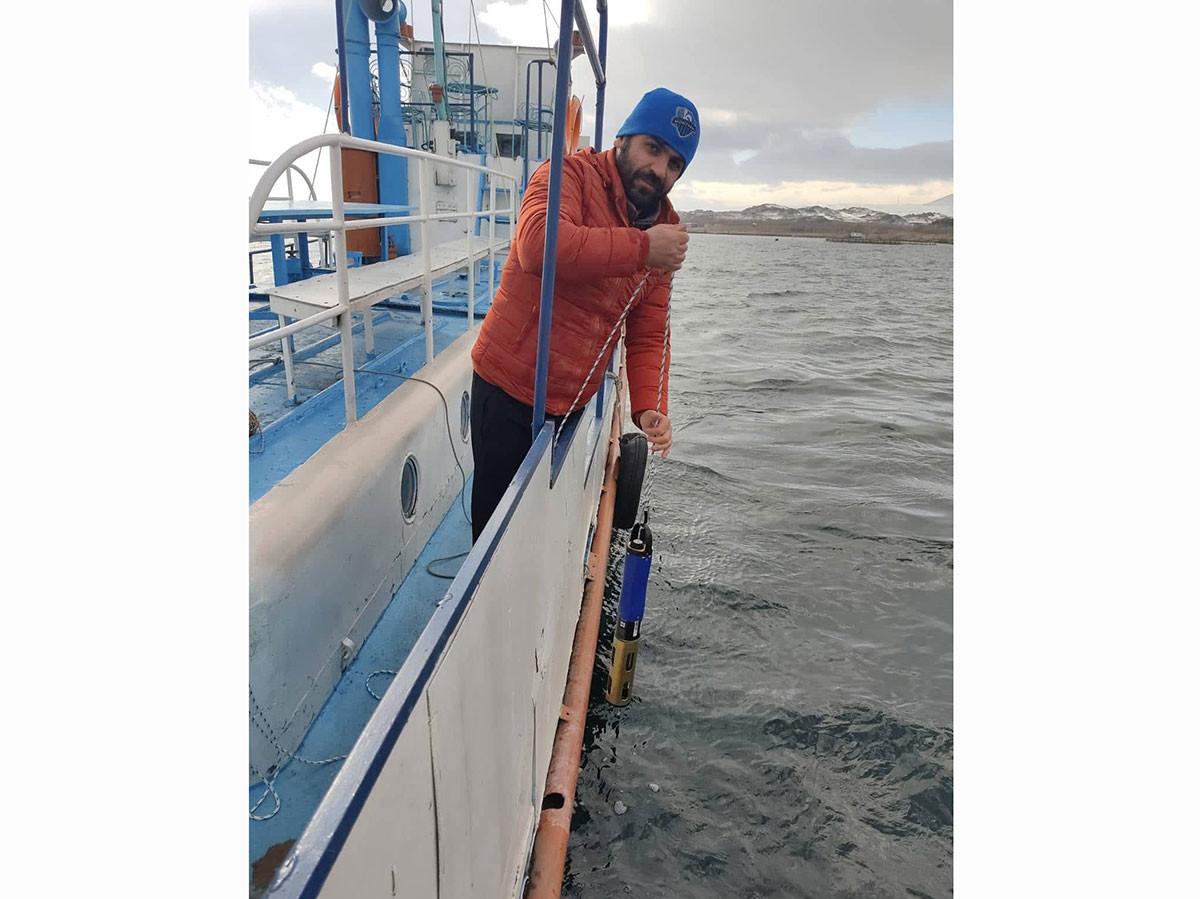
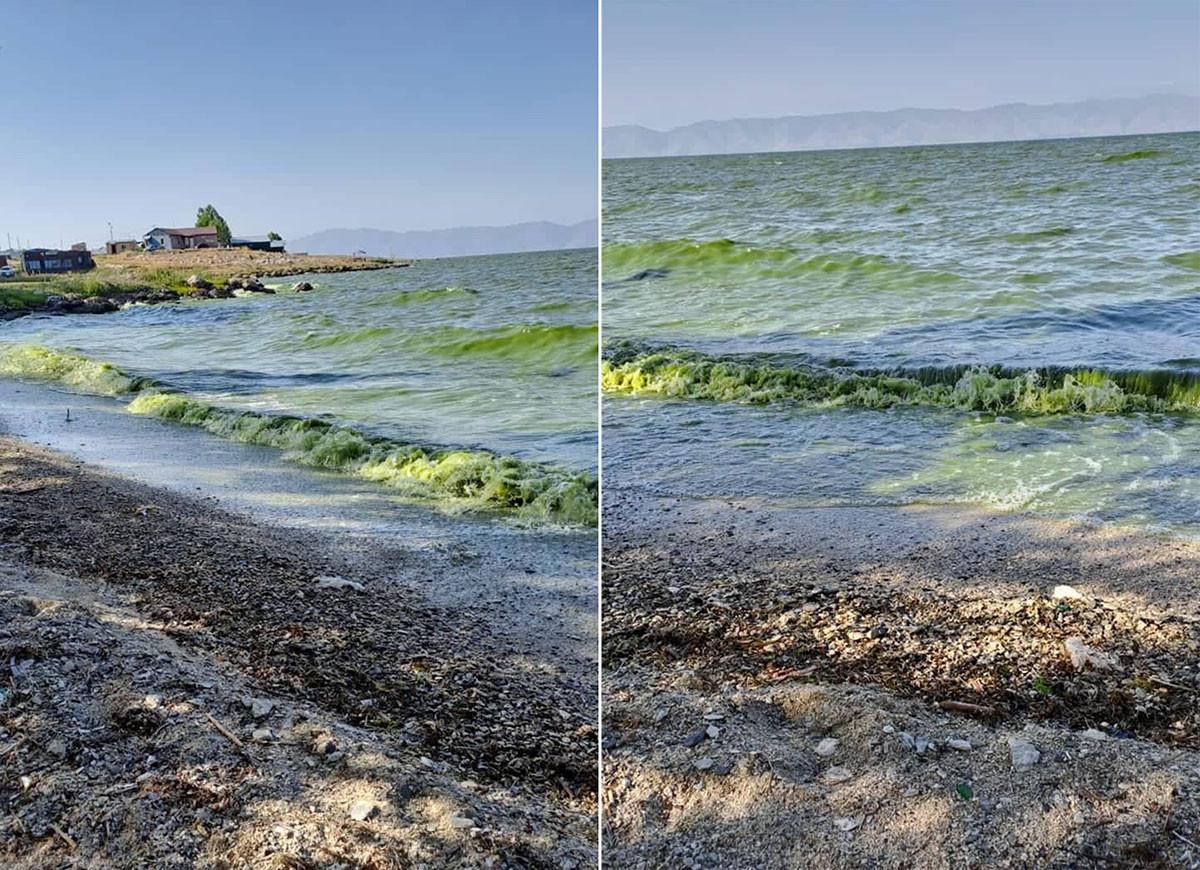
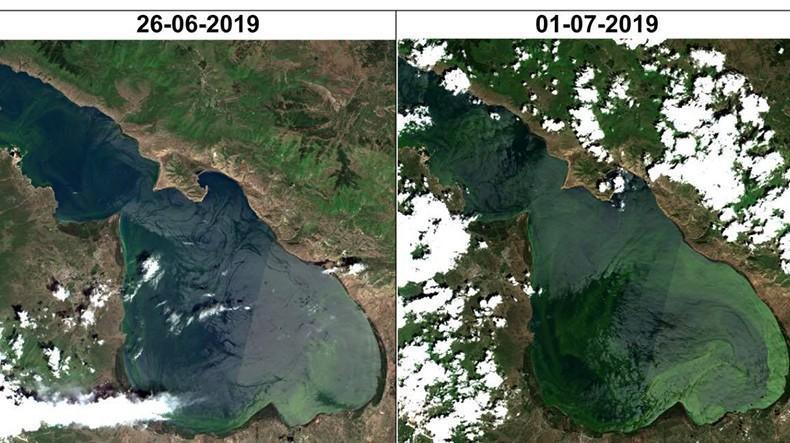
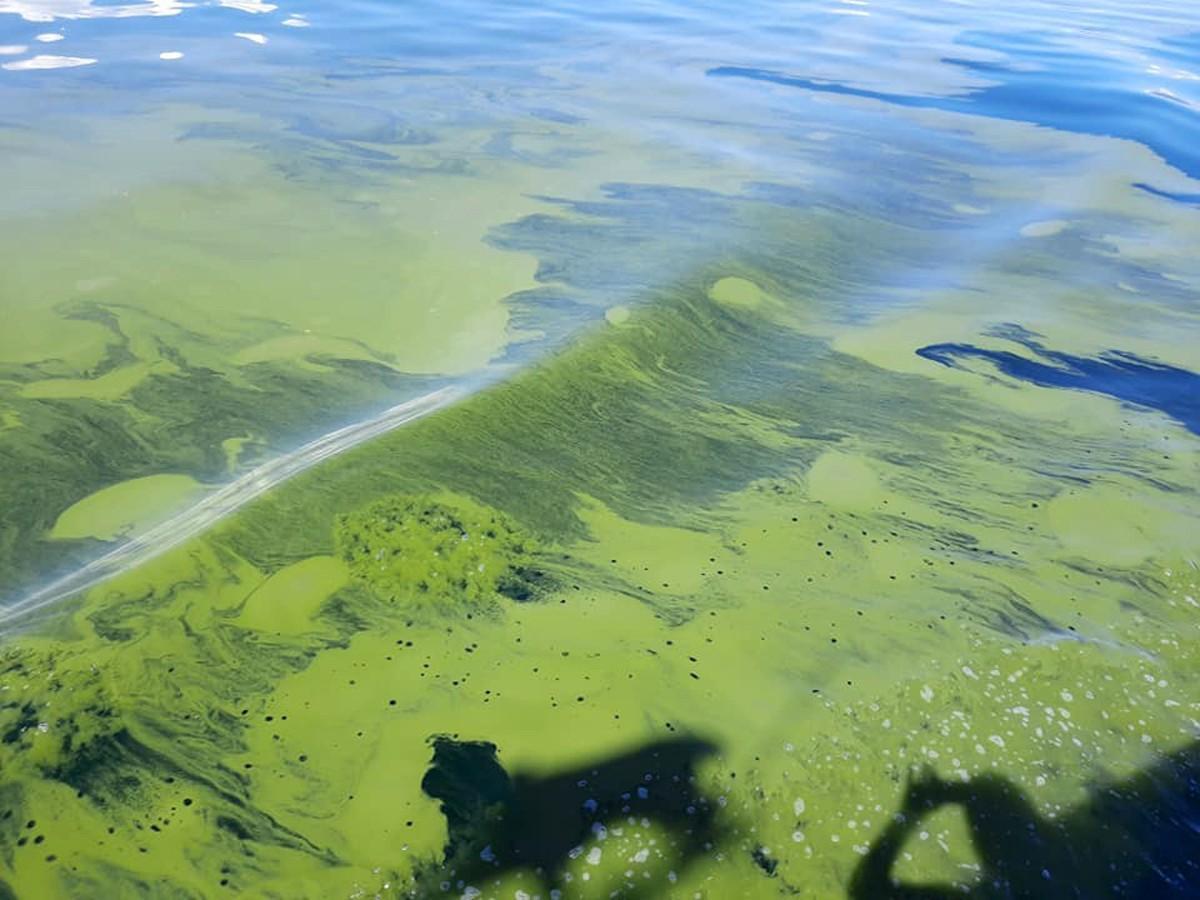
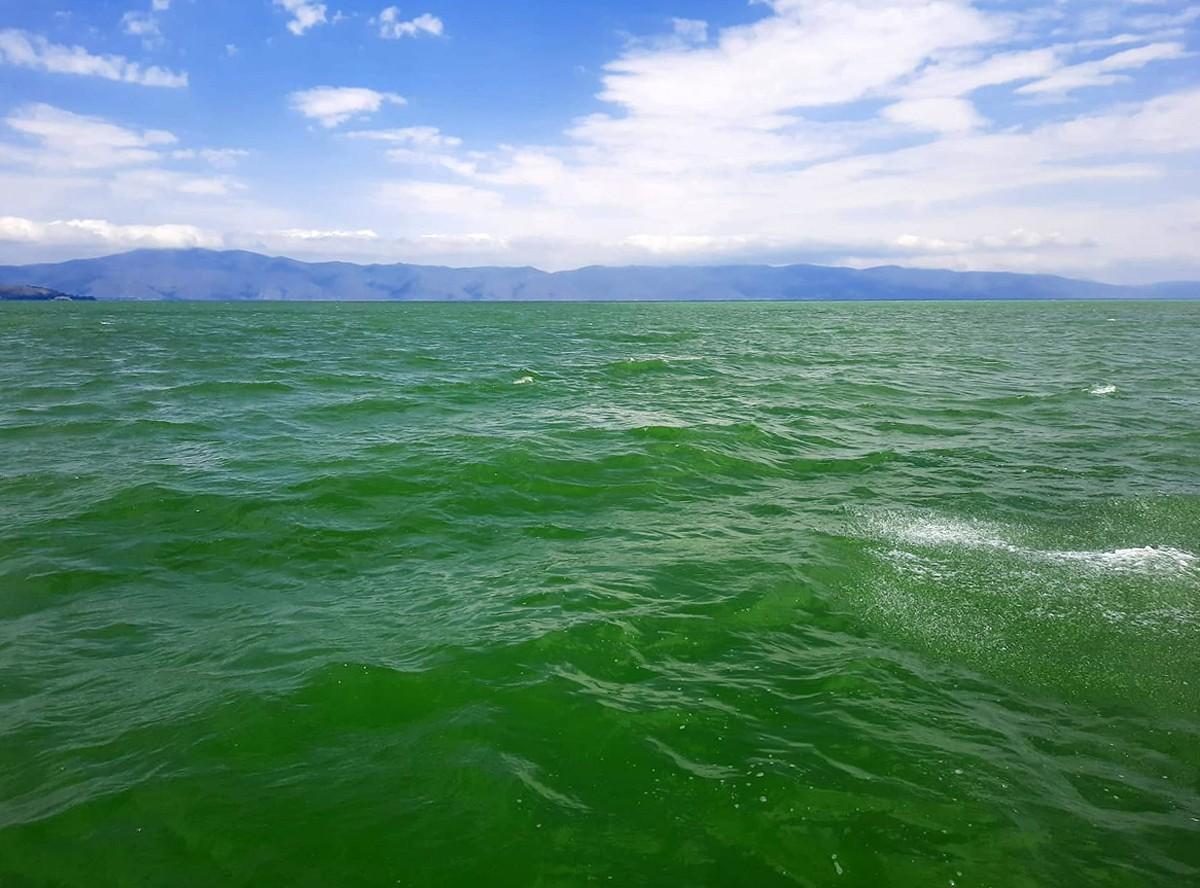
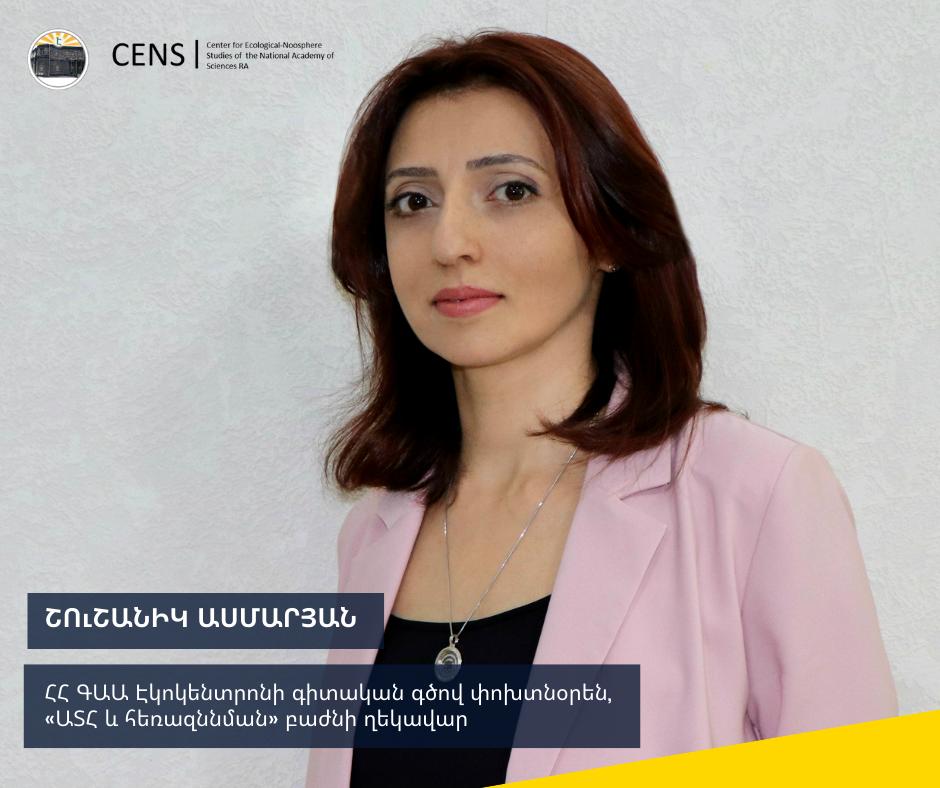
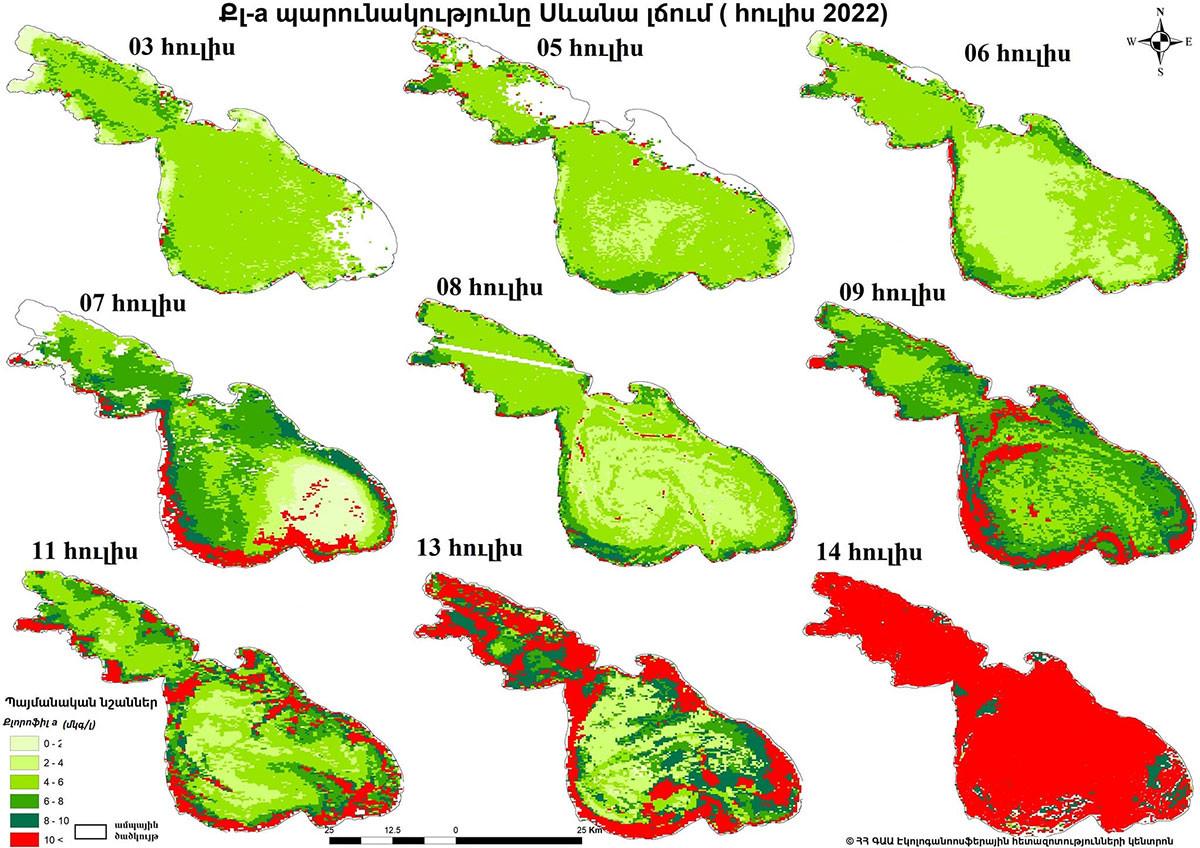
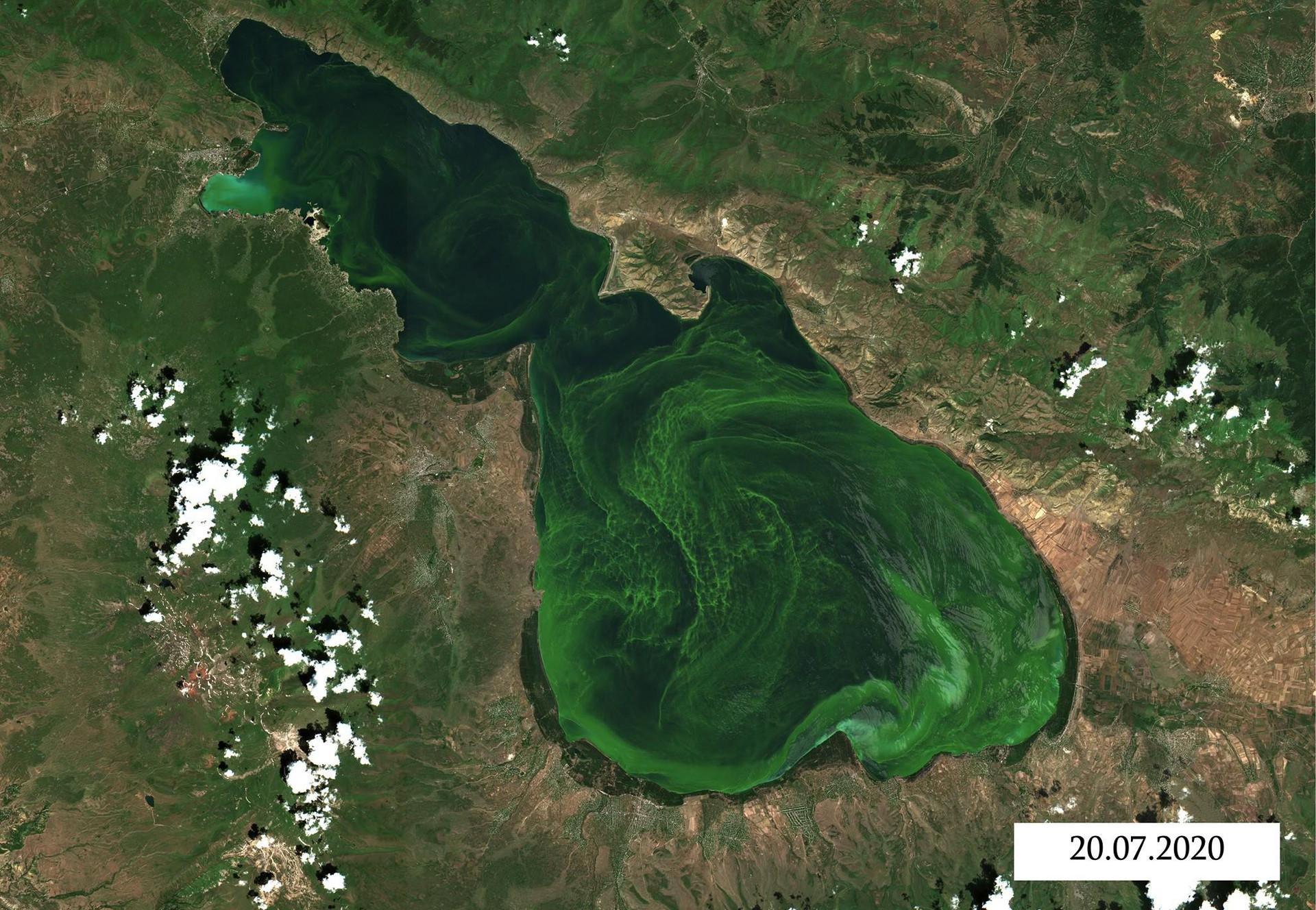
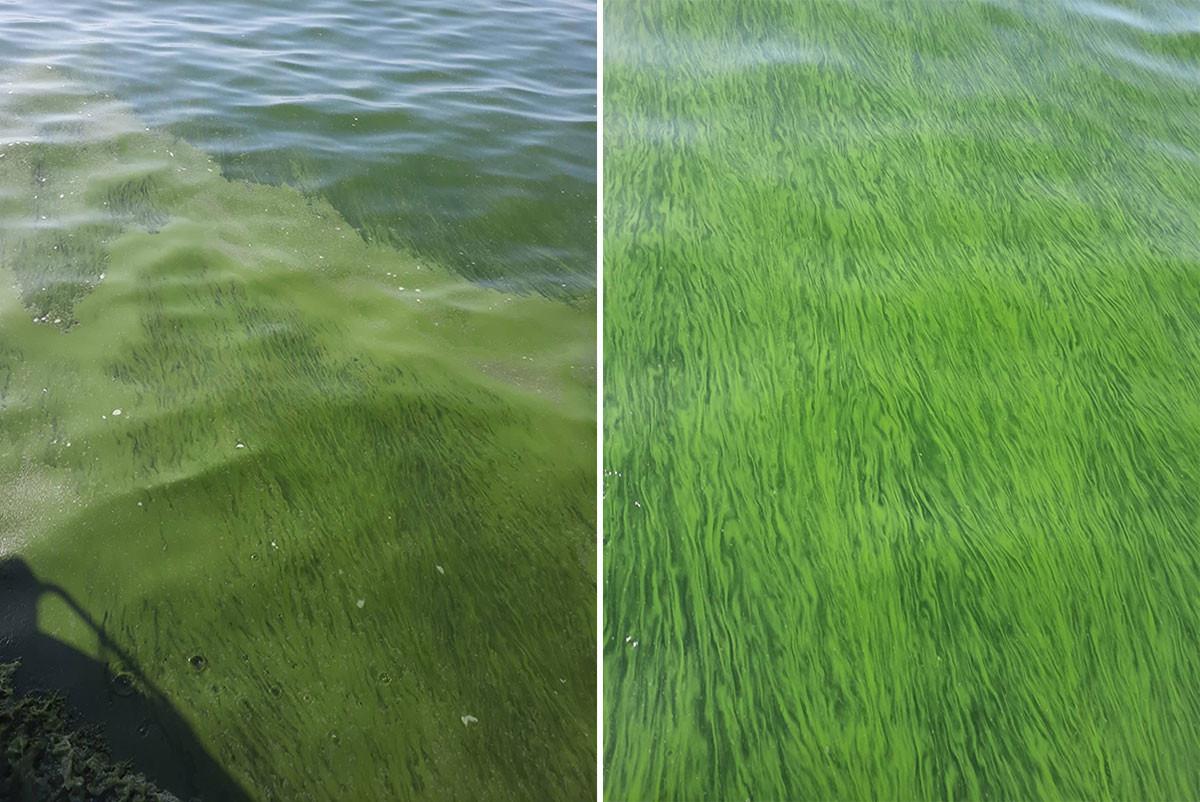
Comments (1)
Write a comment